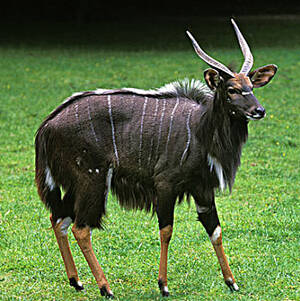
Tragelaphus spekii
Tragelaphus spekii
Sitatunga (scientific name: Tragelaphus spekii) is also known as Sitatunga a···
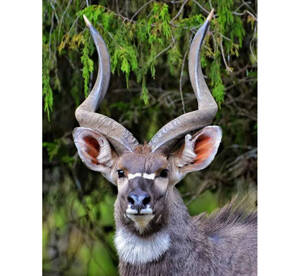
Tragelaphus scriptus
Tragelaphus scriptus,bush antelope
Bushbuck (scientific name: Tragelaphus scriptus) is also known as Bushbuck i···
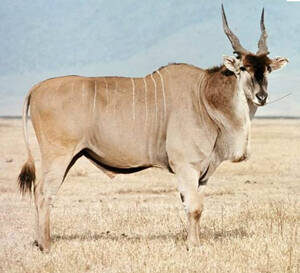
Tragelaphus oryx
Tragelaphus oryx,Eland antelope, Eland antelope, Eland antelope
Common Eland (scientific name: Tragelaphus oryx) is also known as Common Ela···
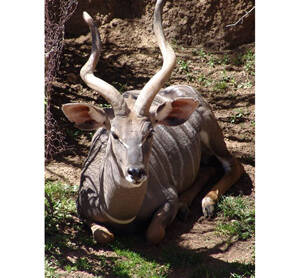
Tragelaphus imberbis
Tragelaphus imberbis
Lesser Kudu (scientific name: Tragelaphus imberbis) is also known as Lesser ···
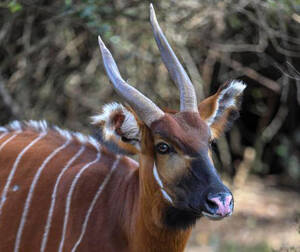
Tragelaphus eurycerus
Tragelaphus eurycerus
There are two subspecies of the eurycerus (scientific name: Tragelaphus eury···
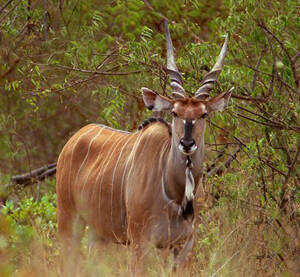
Tragelaphus derbianus
Tragelaphus derbianus
Giant Eland (scientific name: Tragelaphus derbianus) has two subspecies.Gian···
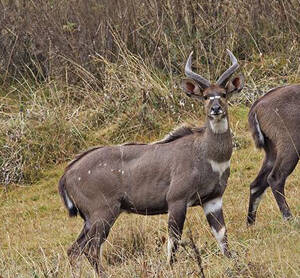
Tragelaphus buxtoni
Tragelaphus buxtoni,mountain antelope, mountain antelope, alpine antelope, mountain antelope
Mountain Nyala (scientific name: Tragelaphus buxtoni) is called Mountain Nya···
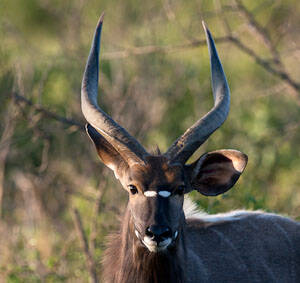
Tragelaphus angasii
Tragelaphus angasii,White-striped antelope, white-spotted antelope, East African bushbuck, Anders's bushbuck, African bushbuck, Nyala bushbuck
Lowland Nyala (scientific name: Tragelaphus angasii) is called Lowland Nyala···
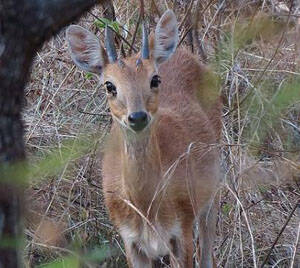
Tetracerus quadricornis
Tetracerus quadricornis
There are three subspecies of Tetracerus quadricornis.Tetracerus quadricorni···
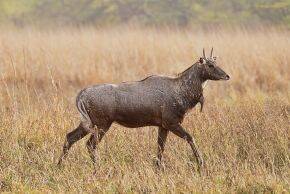
Boselaphus tragocamelus
Boselaphus tragocamelus,blue antelope, blue scimitar-horned antelope, Indian antelope, blue bull
Bluebuck (scientific name: Boselaphus tragocamelus) is called Nilgai, Bluebu···
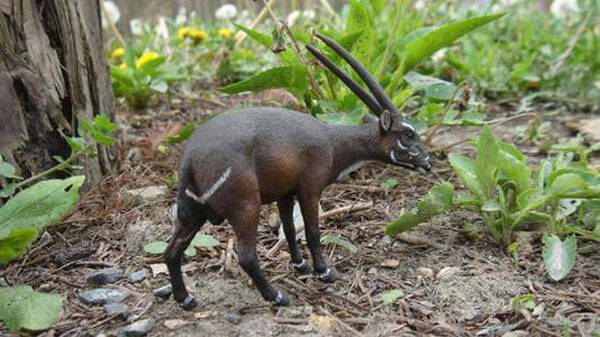
Pseudoryx nghetinhensis
Pseudoryx nghetinhensis,Annamite antelope, Asian unicorn, Asian unicorn, Wuguang cattle, sword-horned cattle, Saura antelope
The Saola (scientific name: Pseudoryx nghetinhensis), also known as Wu Guang···
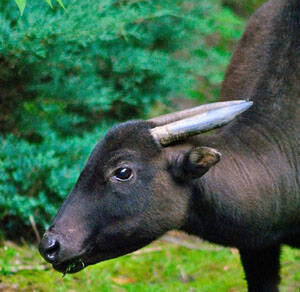
Bubalus quarlesi
Bubalus quarlesi,Mountain buffalo, Buffalo quagga
Mountain buffalo (scientific name: Bubalus quarlesi) is called Mountain Anoa···
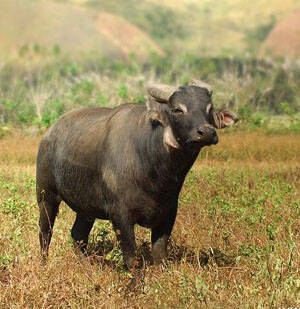
Bubalus mindorensis
Bubalus mindorensis,Tamoro buffalo, Philippine buffalo, Mindanao buffalo, Mindoro buffalo
Mindoro buffalo (scientific name: Bubalus mindorensis) is also known as Tama···
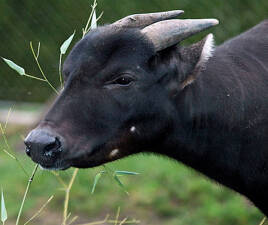
Bubalus depressicornis
Bubalus depressicornis,Celebes buffalo, Lowland buffalo
Lowland buffalo (scientific name: Bubalus depressicornis) is called Lowland ···
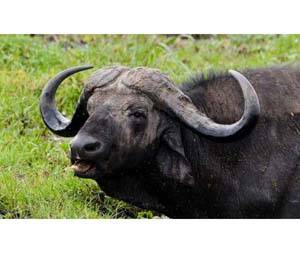
Bubalus arnee
Bubalus arnee,Asian wild buffalo, Asian water buffalo, Indian wild buffalo
Wild buffalo (scientific name: Bubalus arnee) is called Wild Water Buffalo, ···
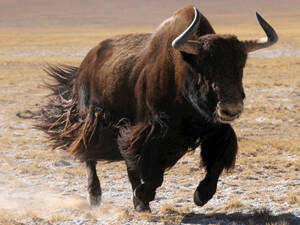
Bos grunniens
Bos grunniens
Domestic Yak (scientific name: Bos grunniens) is an artificially cultivated ···
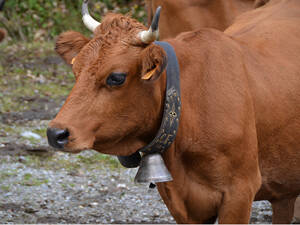
Bos taurus
Bos taurus,Cattle, European cattle
Domestic cattle (scientific name: Bos taurus) are also known as domesticated···
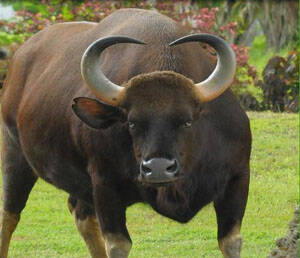
Bos sauveli
Bos sauveli,Kapolei cattle, gray cattle
Cambodian wild cattle (scientific name: Bos sauveli) English Kouprey, Grey O···
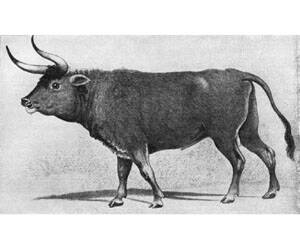
Bosprimigenius
Bosprimigenius
Bosprimigenius, scientific name, is a large cattle, now extinct. Its scienti···
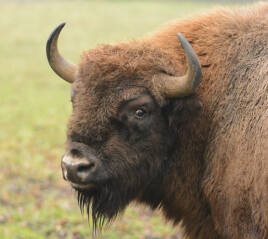
Bison bonasus
Bison bonasus
European bison (scientific name: Bison bonasus) is called European Bison, Eu···
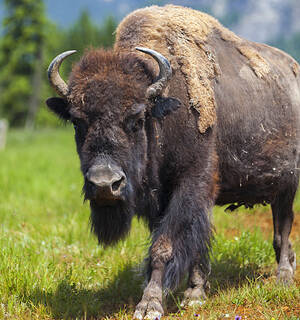
Bison bison
Bison bison,bison, American buffalo, bison
American bison (scientific name: Bison bison) is called American Bison in En···
